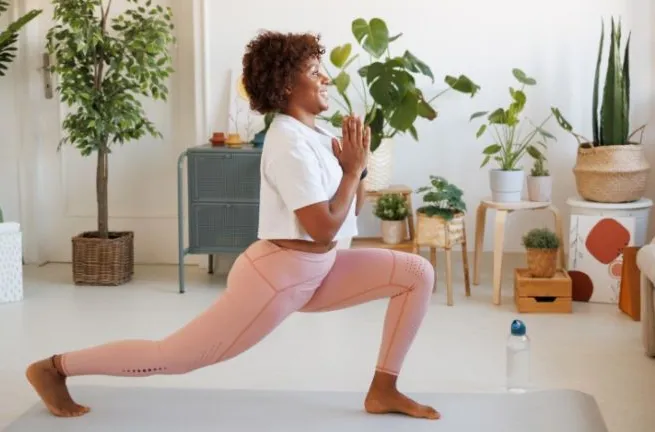Stronger knees, stronger you: 5 simple exercises to strengthen your knees

Knee pain is the second most common musculoskeletal complaint after back pain
Image: YouTube
Our knees carry us through life, yet they’re often the joints we take most for granted.
By the time many of us reach our thirties, the first warning signs may appear - stiffness in the morning, an ache on cold days, or hesitating before crouching down.
Over time, these niggles can grow into bigger problems, especially if you lead an active lifestyle, carry extra weight, or have underlying health conditions that affect your joints.
Knee pain is the second most common musculoskeletal complaint after back pain, and it can greatly impact mobility and overall quality of life.
Research shows that with every step, our knees endure a force up to one and a half times our body weight. Fortunately, targeted exercise can make a real difference.
The knee’s stability depends on four major muscle groups; the quadriceps, hamstrings, gluteal muscles, and calves.
When strengthened, these muscles act like shock absorbers, protecting the joint and supporting its movement.
Exercise also stimulates the production of synovial fluid, the body’s natural “joint oil,” which helps reduce stiffness and inflammation.
Stronger muscles and bones around the knee can even lower the risk of osteoarthritis and osteoporosis later in life.
Here are five easy exercises you can do at home to keep your knees moving smoothly
1. Step-ups
Find a low step or staircase. Step up with one foot, bring the other foot up, then step back down. Alternate the lead foot with each repetition. This move works your quads, glutes and calves.
2. Squats
Squats strengthen the quads and glutes, easing stress on the knees. Aim for a short set in the morning and evening, or try 15 squats every half-hour if you sit for long periods during the day.
3. Straight leg raises
Lie on your back with one knee bent and the other leg straight. Lift the straight leg a few centimetres off the ground, hold briefly, then lower slowly. This helps strengthen the quadriceps.
4. Calf raises
Stand with your feet hip-width apart and slowly lift your heels, balancing on your toes, then lower down. Strong calves support the joint beneath the kneecap and improve stability.
5. Chair stands
From a seated position, stand up and sit down repeatedly without using your hands. This works the core, back and pelvis muscle, which are an important set of stabilisers for knee health.
Experts recommend starting with two sets of 10 repetitions for each exercise, building up gradually as your strength improves.
IOL Lifestyle
Related Topics: